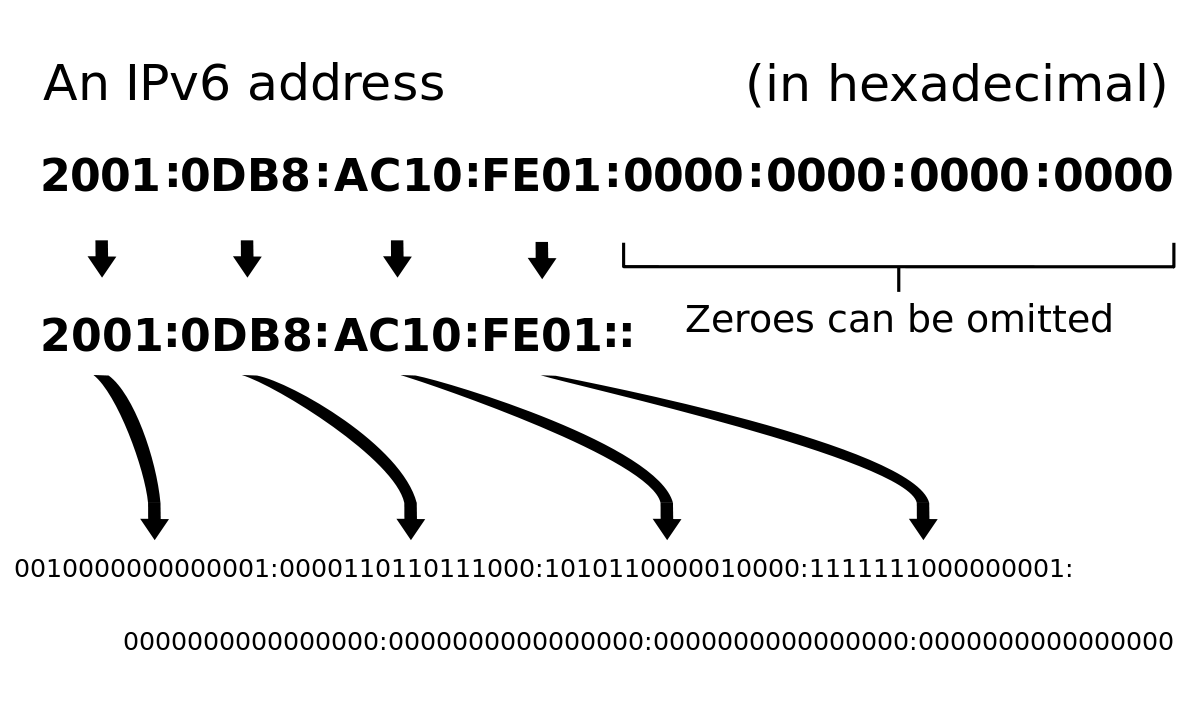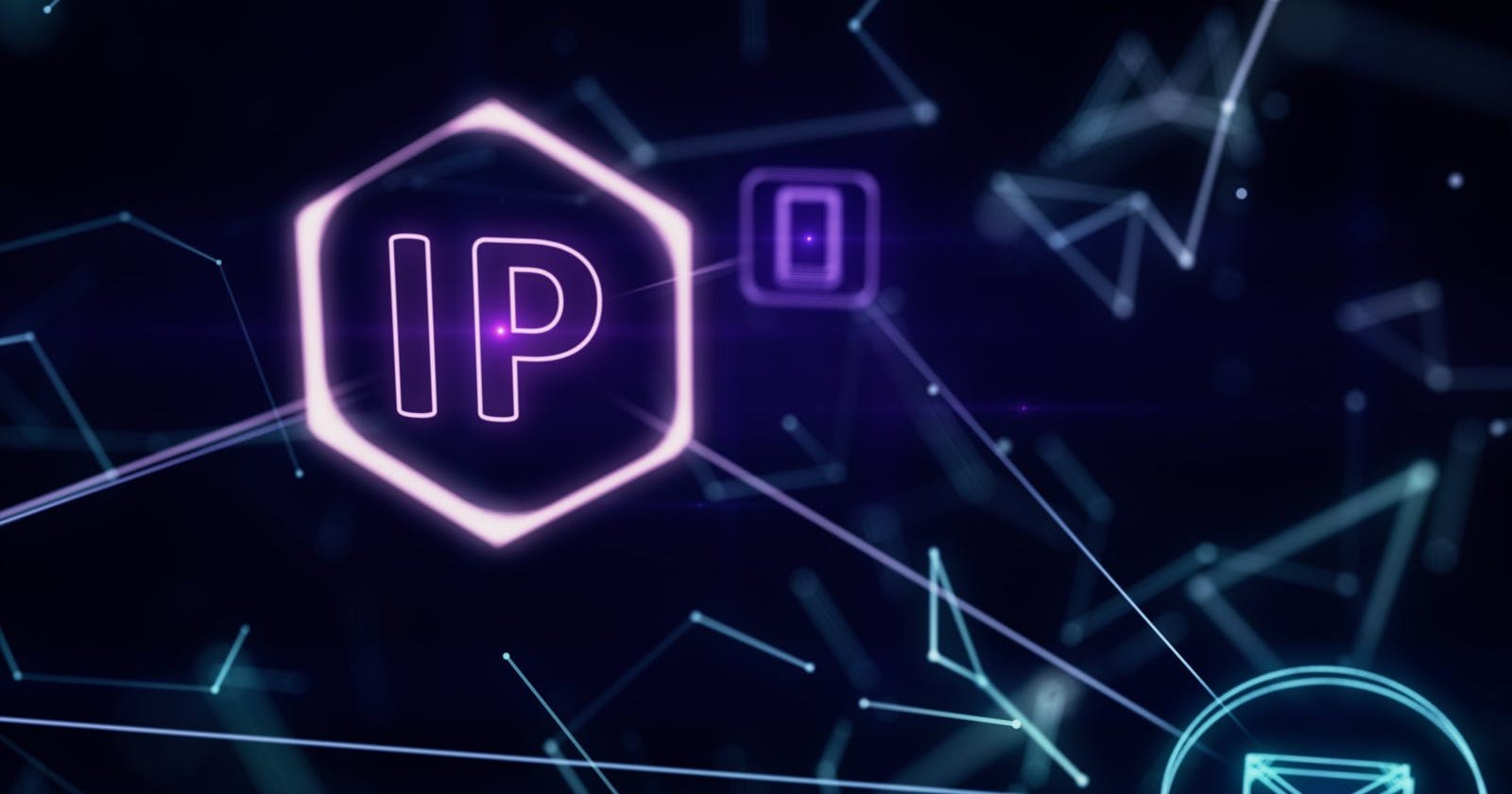What are IP Addresses and why don't we ever run out of them?
Well Guess what- we did!
What exactly is an IP Address ?
Internet Protocol (IP) address is your computer's network hardware address used for communicating and connecting to the internet. Every computer in the world has an IP Address virtually attached to it which helps in pin-pointing its location from anywhere in the world. Think of the IP address as the virtual equivalent of your home's physical address. Without it, nobody would be able to send you snail mail.
Every computer is hardwired to follow a set of rules while connecting to the internet (Protocols!) and for the online activity, it uses an 'electronic return address' called IP Address for your connection. Basically, it makes the world go 'round.
Internally, IP addresses are stored as numbers. While computers are happy to use them, humans prefer names. Therefore the Domain Name System (DNS) is used as an internet address book so we can use use words (such as facebook.com) instead of numbers(157.240.16.35) to navigate the internet and to address the devices on our network
 An IP Address connects automatically in the background, so we can focus on more important things
An IP Address connects automatically in the background, so we can focus on more important things
The Internet Protocol Version 4 (IPv4)
It is the most common form of internet protocol on which the web is mostly based on IPv4 is a 32-bit addressing scheme used as TCP/IP host addressing mechanism
 The Basic Architechure of an IPv4 address for instance, looks like
The Basic Architechure of an IPv4 address for instance, looks like
172.16.254.1
An IPv4 address is made up of 32 bits which are divided into four segments called as octets. Each of the numbers between the dots is the decimal equivalent of 8 bits.
Each octet has a range of 0-255 meaning each set of binary bits can only contain the numbers from 0 to 255. That is why, your IP address can vary from 0.0.0.0 to 255.255.255.255
(Note- Certain IP Address are reserved for multicast groups, for future use or for Research and Development purposes which is why you won't ever see a computer having an IP address of 240.255.255.255 )
That being said, the total number of available IPv4 address is close to 4.3 billion (2^32) and for a long amount of time we thought that would be enough.
Clearly, we were wrong.
IP address depletion started surfacing around the 90s and to combat that deficiency, the IPv6 protocol was developed.
 Unlike an IPv4, the IPv6 addresses are 128 bits long, written as 8 sections of 16 bits each seperated by colons(:). They are expressed in hexadecimal representation, so the sections range from 0 to FFFF. Thus these addresses provide a large number of combinations for future to be used on entire planet and beyond
Unlike an IPv4, the IPv6 addresses are 128 bits long, written as 8 sections of 16 bits each seperated by colons(:). They are expressed in hexadecimal representation, so the sections range from 0 to FFFF. Thus these addresses provide a large number of combinations for future to be used on entire planet and beyond
(To give a rough estimate of the possible number of combinations, 2 to the power 128 will be approximately equivalent to 340,282,366,920,938,000,000,000,000,000,000,000,000 unique IP addresses Putting things into perspective, if we could assign an IPV6 address to EVERY ATOM ON THE SURFACE OF THE EARTH, and still have enough addresses left to do another 100+ earths)
In addition to the increased address space, IPv6 addresses differ from IPv4 addresses in the following ways:
1) Includes a scope field that identifies the type of application that the address pertains to.
2) Does not support broadcast addresses, but instead uses multicast addresses to broadcast a packet.
3) Defines a new type of address, called anycast.
Are IP Addresses reusable ?
Well, yes.
There are two types of IP Addresses; Static & Dynamic. A Static IP address is the one which was manually configured for a device instead of being assigned by the DHCP.Hence its numbers don't change over time.
Contrast to that, a dynamic address is assigned, as needed, by Dynamic Host Configuration Protocol (DHCP) servers.
We use dynamic addresses because IPv4 doesn't provide enough static IP addresses to go around. So, for example, a hotel probably has a static IP address, but each individual device within its rooms would have a dynamic IP address. Hence a system was developed to reuse a group of IP addresses to be used within a LAN—and are not usable over the internet. These addresses can be used over and over again within each local area network, but not over the internet, thereby conserving the number of IP addresses necessary to keep the world going 'round.
Conclusion
IPv6, with its robust architecture, was designed to satisfy these current and anticipated near future requirements. It is still in transition phase and is expected to replace IPv4 completely in the coming years. At present there are a few networks which are running on IPv6. However eventually, we will all be using IPv6.
